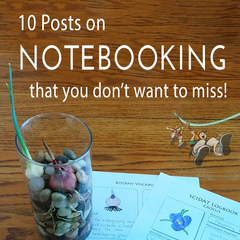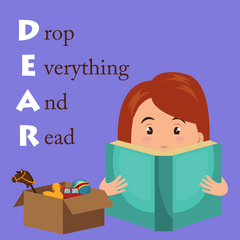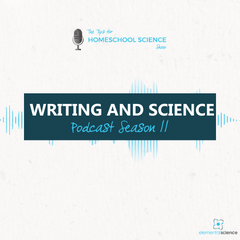So, you want to teach science at home?
You have jumped over the hurdles of doing dissections and experiments in your house. But when you think back to the textbooks you read, a yawn unwittingly escapes from your mouth.
A phrase quietly ushers from your lips, “I want to teach science, but textbooks put me to sleep.”
I have good news – you don’t have to use textbooks to teach science to your students at home!!
{Cue collective sigh of relief!}
Now that that’s out of the way, let’s dig into how to get over the textbook hurdle!
I want to teach science, but textbooks put me to sleep!
The second key to teaching science is to gather information. Science is both a context and a content subject – in other words, your students need to be seeing and reading about science.
Students should be consuming some type of science-related information at least twice a week throughout the school year.
As I said before, you don’t have to use textbooks to teach science – this is especially true during the elementary and middle school years.
In fact, homeschoolers have such a wide variety of resources at our fingertips. We can use living books, children’s encyclopedias, on-line articles, videos, and more. I do think that textbooks are valuable resources at the right time and place in your students’ educational journeys.
When it comes to high school, I do believe that textbooks definitely have a place. You can certainly still use living books and videos during these years as well. That said, a textbook will cover the information your student needs to know in a systematic and organized manner, which is very beneficial for the high school years.
How can you teach science without textbooks?
So if you don’t use a textbook to guide your learning, how can you teach science?
You can use a curriculum that features encyclopedias or living books as the spines. Spine simply means that the particular resource will be your guiding text.
Or simply find a list of typical topics for your student’s grade and grab your library card. Of course, this will be a bit more planning on your part, as you will have to locate books on the topic along with experiments that fit into what you are studying.
Here are a few lists to help you find non-textbook style resources:
Here are some helpful articles for using alternative resources to teach science:
- Classical science for the grammar stage student (using encyclopedias)
- Classical science for the logic stage student (using encyclopedias)
- How to use living books with elementary students
- How to use living books with middle school students
Wrapping it Up
I hope that you can see that teaching science at home does not have to include textbooks, at least not right away!
Now, you might find that your student loves textbooks and sleeps with her favorite one under her pillow each night! And that’s great – you definitely should use textbooks in that case.
But if your student's eyes glaze over within the first paragraph of the chapter, take a look at one of the options I just shared to inject a bit of life into science in your house!
If you still have questions, leave them in the comments below!
Want a year’s worth of weekly reading (not from textbooks) all wrapped up in one easy-to-use package for you to do at home? Here you go.
This article was written by our author, Paige Hudson. If you want to receive more articles just like this straight to your inbox, sign up for our newsletter in the box below or click here.


